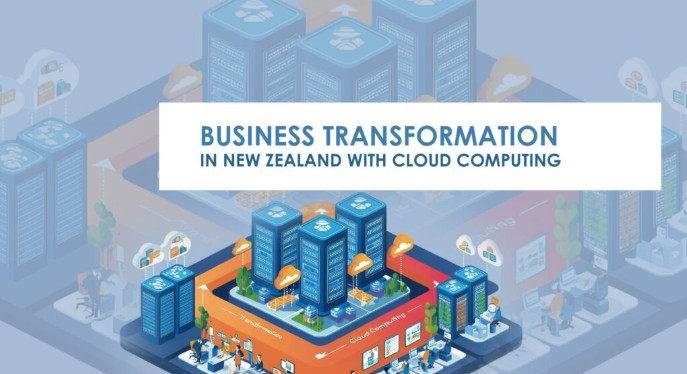In today’s fast-paced world, staying competitive means more than just working hard; it means working smart. Businesses of all sizes are looking for an edge, a way to boost their productivity and streamline their operations without sacrificing innovation. The answer for many is cloud computing.
Moving beyond the buzzwords, the cloud isn’t just about where your data is stored. It’s a strategic tool that fundamentally changes how you operate, empowering your team, optimizing your resources, and paving the way for sustainable growth.
Here’s a look at how cloud computing is transforming businesses and giving them a powerful advantage.
1. Boosting Productivity Through Seamless Collaboration
Cloud computing breaks down the traditional barriers that slow teams down. By moving data and applications to a centralized online location, the cloud ensures that everyone is on the same page, all the time.
Eliminating Data Silos
In a traditional setup, files are scattered across different computers and servers, leading to version control issues and constant back-and-forth emails. With cloud services, all team members have access to the same, single source of truth. This makes it easier to find information and ensures everyone is working from the most current data, eliminating frustrating delays.
Real-Time Communication and Co-editing
Tools like Google Workspace and Microsoft 365 allow multiple people to work on the same document simultaneously. Teams can see changes as they happen, leave comments, and communicate in real time, no matter their physical location. This seamless collaboration is a massive boost to productivity, making it easy to create, review, and finalize projects in record time.
2. Enhancing Efficiency with Cost and Resource Optimization
Efficiency is about getting more done with less, and the cloud is designed to do just that. It shifts the entire operational model from a rigid, expensive system to a flexible, cost-effective one.
The Shift from CapEx to OpEx
Before the cloud, businesses had to make large, upfront investments (capital expenditures or CapEx) in physical servers, hardware, and software licenses. This was costly and risky. Cloud computing changes this to an operational expenditure (OpEx) model, where you simply pay for the resources you use on a subscription basis. This not only frees up capital but also makes it easier to manage your budget and scale services as needed.
Automated Updates and Maintenance
Maintaining on-premise servers and software requires dedicated IT teams and constant updates. Cloud service providers handle all of this for you. They manage security patches, software updates, and server maintenance, freeing up your internal IT staff to focus on more strategic, business-critical projects that drive innovation. This reduces overhead and prevents costly downtime.
3. Driving Agility and Innovation
In today’s market, agility is a key competitive advantage. The cloud provides a level of flexibility and speed that was once impossible, allowing businesses to adapt and innovate at a moment’s notice.
Scalability on Demand
One of the most powerful features of the cloud is its scalability. If your business experiences a sudden surge in traffic or a need for more computing power, you can scale your resources up instantly and pay for the temporary increase. Likewise, you can scale back down just as easily. This flexibility allows businesses to handle demand fluctuations without over-investing in hardware they don’t need all the time.
Faster Time-to-Market
The cloud provides instant access to a vast array of cutting-edge tools and services, from AI and machine learning to powerful analytics. You no longer need to buy and install expensive software or hardware to experiment with new technologies. This ability to innovate quickly allows companies to test new ideas, develop new products, and get them to market much faster than their competitors.
Conclusion: Cloud Computing as a Strategic Imperative
Cloud computing is much more than a technical upgrade—it’s a strategic decision that empowers your business to be more productive, efficient, and agile. By fostering collaboration, optimizing resources, and enabling rapid innovation, the cloud provides the infrastructure for your company to not only survive but to truly thrive in the modern economy.
It’s about working smarter, not harder, and positioning your business for the future.



